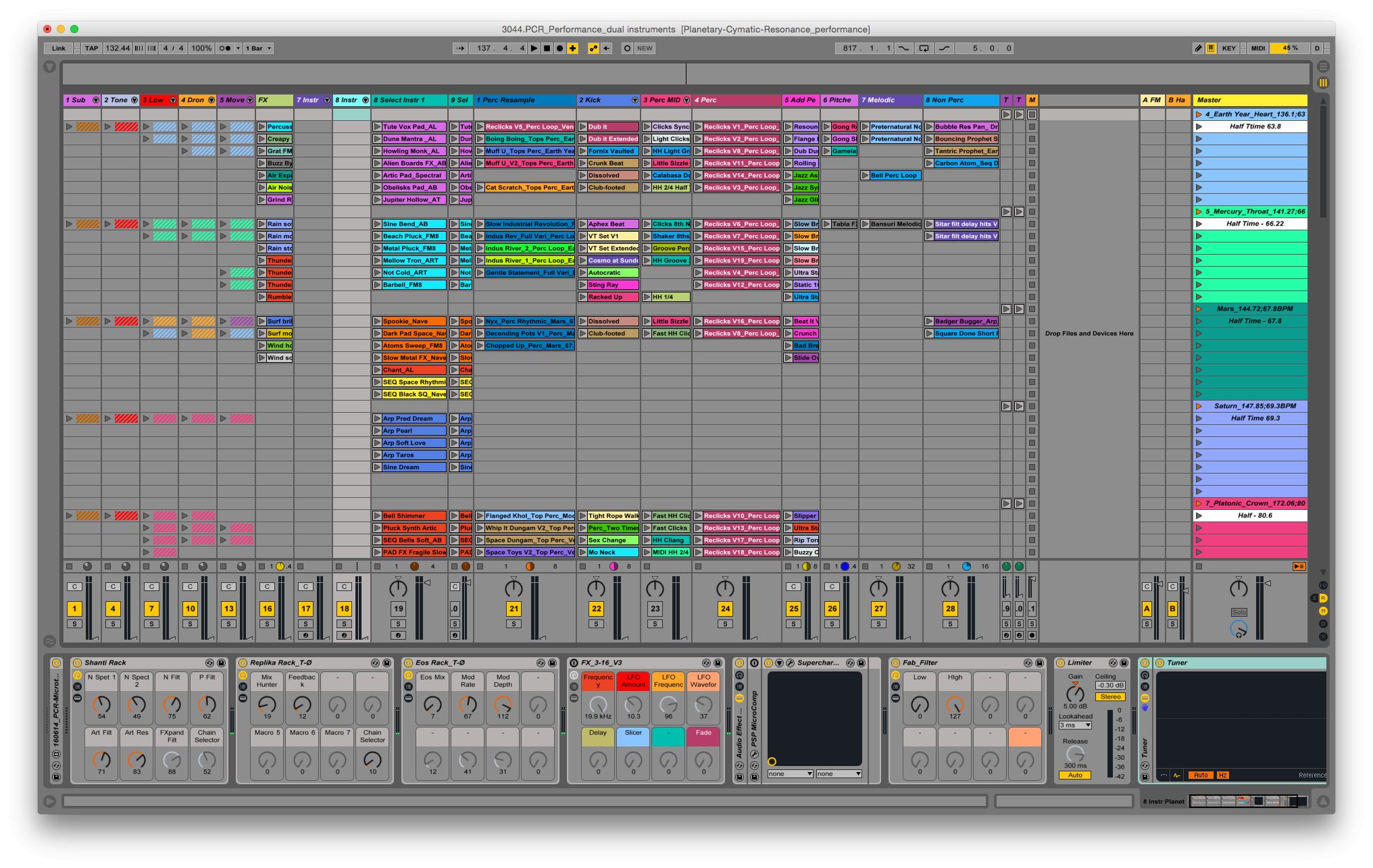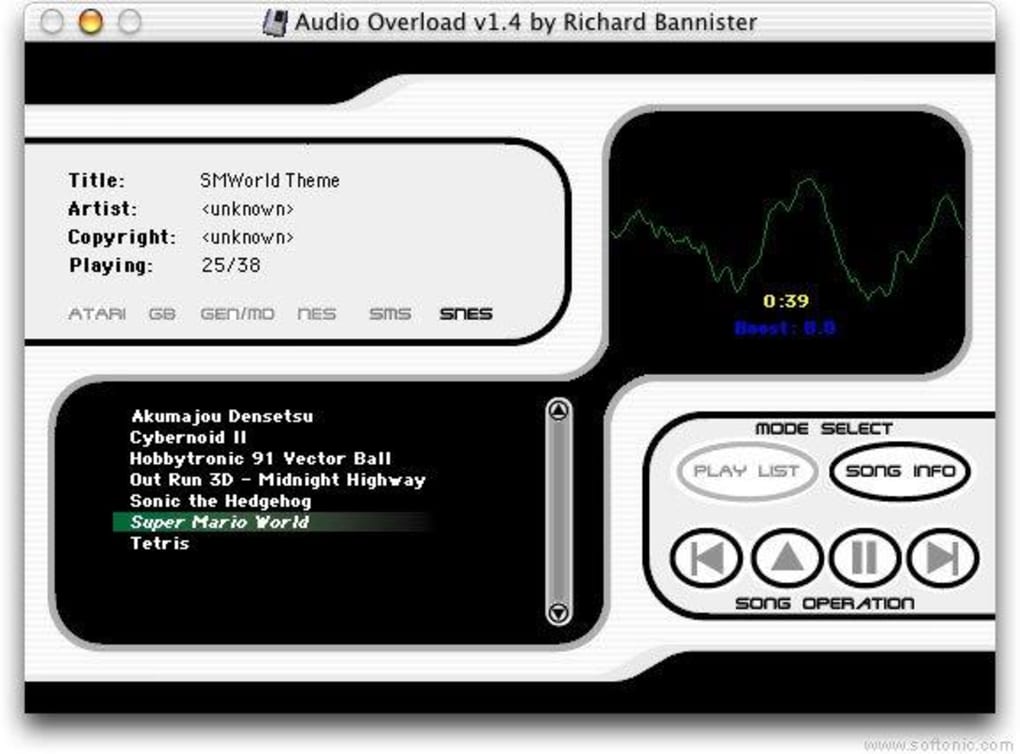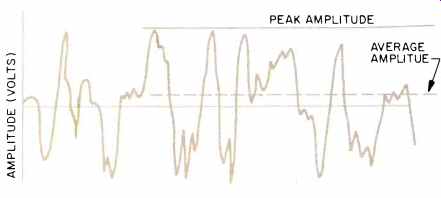
Don’t choose the mic strictly based on brand-name or $$$ costĭespite my recommendation above, you shouldn’t choose your (condenser) mic based solely on its pedigree-a well-respected brand name or a high price tag. That’s why most recordists use a studio-standard large-diaphragm condenser for vocals-not only do these mics have the desired open-ness, but their tonal balance is often optimized to help the vocal float effortlessly above the mix, with a minimum of fuss or EQ needed.Ģ. You can EQ for tone, but you can’t add clarity and air after the fact. While stage dynamics sound ok in a busy mix, if the vocal is more isolated, or accompanied (even in parts) by a more minimal arrangement (solo acoustic guitar or piano, for example), the dynamic’s lack of clarity and air (openness) will be a limitation, and their often-slightly nasal quality will be more apparent.

But despite this, the SM58 and its ilk won’t really provide the best sound quality for a studio recording, up against other carefully-recorded instrument tracks. And it’s probably true, at times-certainly many live mixes have vocal tracks that were taken in with this (or another equivalent) workhorse dynamic mic-I’ve mixed quite a few myself, and I thought they came out fine.
AUDIO OVERLOAD MAC FULL
6.Now, recording lore is full of stories of how this-or-that famous singer always records with his trusty SM58 (the classic $99 hand-held standard club mic), and still manages to sound great. To ensure the complete removal, it would be better to unhide the Library folder permanently. In the upper-left corner of the screen, hold the “Option” key on your keyboard, click “Go” on the Finder, and select “Library” to open the Library folder. Otherwise, just do the following to clean them out. Usually they are very small, so if you attempt to reinstall the application, you can keep them.
AUDIO OVERLOAD MAC HOW TO
So this is teaching you how to delete the Support and Preference Files from it, which are those left behind after you remove Audio Overload 2.0 application. In the entire removal process, the Library folder could be a blind spot to many users.

This will permanently remove Audio Overload 2.0 and everything inside, freeing up the hard drive space on your Mac. It will ask for your confirmation, also click “Empty Trash” on the message. Right-click on the Trash icon, select “Empty Trash”. In the list of installed applications, select Audio Overload 2.0 as a target, and hit “Run Analysis”.ĭo it once you are certain that you will never use Audio Overload 2.0 again (or in a short time at least).
AUDIO OVERLOAD MAC INSTALL
Download - Install - Run App Uninstaller 2. What I’m only interested in is how to quickly get things done”. In the very beginning, I would like to introduce an easy approach to uninstall this app on Mac, just in case you are like “Geez, don’t put me through the knowledge. Using App Uninstaller by to Breezily Remove Audio Overload 2.0 I believe after going through the whole process, you will be much more familiar with your Mac. The following are specific steps for you to fully remove Audio Overload 2.0.

Regards to removals on macOS, keywords shall be Finder, Library, Preference, and Application Support instead. Let’s temporarily isolate other Windows logicality from our mind, forget about the Start menu, Control Panel, Registry Editor, etc.

If you don’t deal with them termly, issues would be generated. So there is one thing you can be sure of: too many junks will slow down your computer, and they are accumulating during the operation. Removing the useless applications from your computer is still one of the simplest ways to speed up your system, where everything lives to work, occupying part of the hardware resources including hard drive space and memory. Now go with how to correctly remove Audio Overload 2.0.
AUDIO OVERLOAD MAC MAC
If you happen to be a newbie of Mac Computer, take the chance to learn something. This page can help you understand the basic knowledge of system maintenance, guiding you through the confusion of removal problems. Removals on macOS are quite different from those on Microsoft Windows OS. How to Remove Audio Overload 2.0 on macOS


 0 kommentar(er)
0 kommentar(er)
